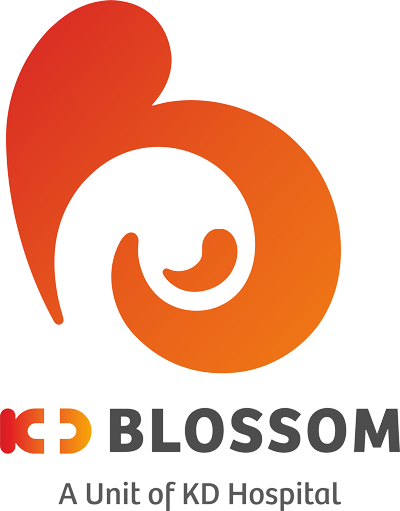For most women, the success rate per IVF cycle typically ranges from 20% to 35%. However, the likelihood of pregnancy decreases with each subsequent cycle while the cost rises. After three complete cycles of IVF, the cumulative success rate increases up to 45% to 53%, improving the chances of a successful pregnancy.





